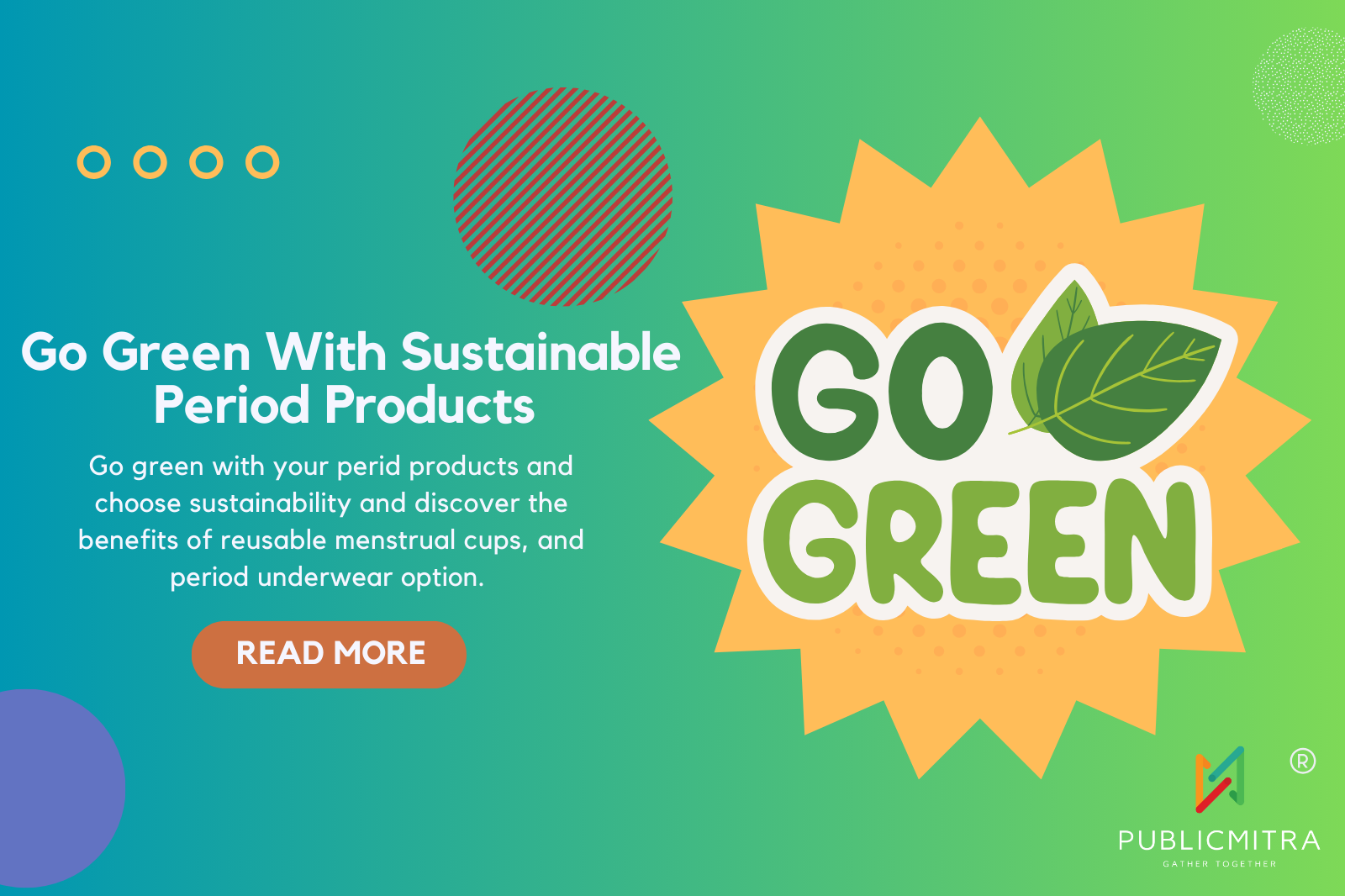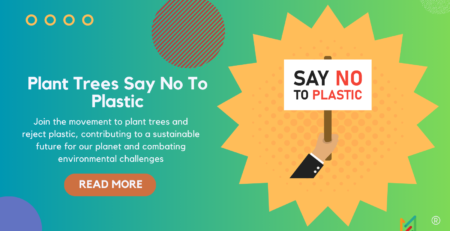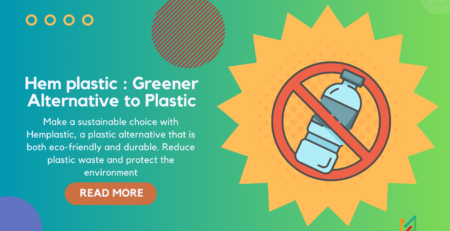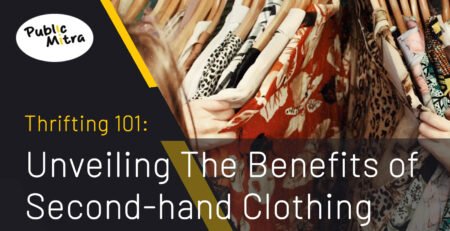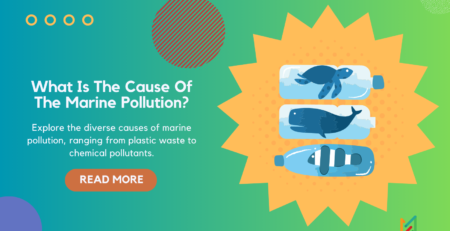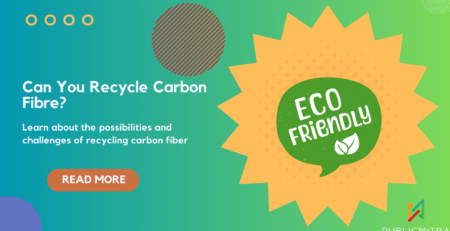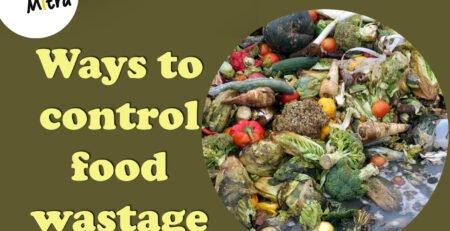Go Sustainable With Your Period Products
The menstrual cycle, an intrinsic facet of womanhood, has established a powerful bond among women for centuries. Though periods accompany cramps, mood swings, and hormonal shifts, it also symbolizes a woman’s innate ability to bring forth new life. Yet, as girls transition into womanhood and navigate the rollercoaster of changes, they encounter another introduction – period products.
Puberty marks a profound juncture in a girl’s life, introducing both physical and mental transformations, and even before she fully adapts to the new phase, she is compelled to adopt popular disposable period products. With an array of available choices, it is easy for us to often forget the responsibility to make sustainable decisions.
However, this trajectory raises a critical question: Do regular period products harm the environment?
The answer is clear-cut. Most conventional menstrual products in the market are not reusable, and about 5-15 million sanitary pads and tampons(the most common period products in the world) are used by an average menstruating human in their lifetime. These menstrual products also contain plastic that ultimately accumulates in landfills and water bodies, resurfacing as harmful microplastics that detrimentally impact the environment and human health.
This is where the need for sustainable products comes in. Yes, SUSTAINABLE period products do exist and are a solution for environmentally conscious menstruation. Here are some eco-friendly options to embark on a greener menstrual journey:
Towards a Sustainable Period Movement
Cloth Pads:
Unlike disposable pads, cloth pads made from breathable materials offer protection against rashes, infections, and other health concerns associated with traditional pads. As reusable alternatives, cloth pads lower period-related expenses and provide additional specifications to ensure complete leak prevention. By embracing cloth pads, individuals can align their menstrual practices with eco-friendly habits while safeguarding their well-being.
Organic Pads/Tampons:
Complementing the reusable approach, organic disposable tampons and pads, typically made from natural materials, offer a compostable solution. While they take around 18 months to decompose, their organic nature curbs the environmental toll associated with conventional counterparts.
Period Underwear:
Designed from breathable, absorbent, and antimicrobial fabrics, period underwear merges comfort with sustainability. Resembling ordinary underwear, these innovative garments incorporate additional layers for fluid absorption. Variants range from biodegradable to reusable and machine washable, catering to diverse preferences. This smart amalgamation of design and eco-consciousness nurtures both personal comfort and planetary welfare.
Menstrual Cups:
A pioneering solution in the menstrual product domain, menstrual cups have revolutionized menstrual hygiene. Made from flexible medical-grade silicone, latex, or thermoplastic isomer, these cups gather menstrual flow instead of absorbing it. Adhering to instructions, especially pre-use sterilization, optimizes their effectiveness. Offering significantly higher capacity than pads or tampons, menstrual cups only require emptying every 12 hours. While their initial cost surpasses that of disposable products, the durability of a single menstrual cup extends up to a decade – a fiscally wise and environmentally sound investment.
Periods, often characterized by discomfort and frustration, attain a new dimension when juxtaposed with their environmental implications. Acknowledging the eco-footprint of conventional products prompts a shift towards a guilt-free, planet-benefiting lifestyle.
In an era demanding moral consumption, our choices ripple far beyond our immediate selves. By opting for sustainable period products, individuals exemplify the potential for positive change through simple, yet impactful decisions. It’s time to liberate periods from the shadows of unsustainability and embrace a greener, more harmonious menstrual cycle.


